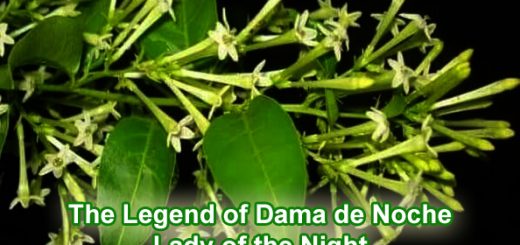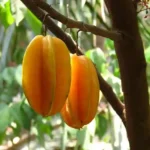Alamat ng Sampaguita – The Legend of the Philippines National Flower

In the heart of Filipino folklore blooms a delicate white flower with a story as pure and fragrant as its petals, the sampaguita. Known scientifically as Jasminum sambac, this tiny blossom holds a big place in Filipino culture, not only as the national flower but also as a symbol of purity, simplicity, and undying love. But where did the sampaguita come from? The answer lies in a touching legend passed down through generations: the Alamat ng Sampaguita.
The Story Behind the Flower 🌿
Long ago, in a time when the Philippines was ruled by datus and sultans, there lived two neighboring villages—one ruled by Datu Lakan Buaya and the other by Datu Makisig. Though powerful, these leaders were locked in a bitter feud, forbidding their people from associating with each other.
But as fate would have it, Datu Lakan Buaya had a beautiful daughter named Lakambini, while Datu Makisig had a brave and handsome son named Gat Muhon. One fateful day, the two young souls met and instantly fell in love. Despite their parents hatred, Lakambini and Gat Muhon secretly vowed to love each other forever, believing that their love could heal the rift between their fathers.
They met in secret, under the moonlit sky and amid the gentle scent of wild white blossoms. On one such meeting, they promised each other eternal love. “Sumpa kita” — Lakambini whispered, meaning “I promise you.” It was a sacred vow.
But their love was doomed. When the secret was discovered, a tragic confrontation ensued. Gat Muhon was mortally wounded, and upon hearing the news, Lakambini died of heartbreak. Where they used to meet, a delicate white flower began to grow. It had a fragrance as sweet and pure as their love. The villagers named it Sampaguita, derived from “Sumpa kita.”
Symbolism of the Sampaguita 🌼
The legend of the Sampaguita is more than a love story—it’s a cultural symbol. The flower represents:
Purity and Humility – with its small, white blossoms
Devotion and Love – as shown in the legend
Peace and Unity – a hopeful reminder that love can rise above conflict
To this day, sampaguita garlands are offered in churches, worn in festivals, and hung on car mirrors as a sign of blessing and hope.
Why Legends Like This Matter 💬
Folktales like the Alamat ng Sampaguita connect us to the values of our ancestors. They teach timeless lessons about love, sacrifice, and reconciliation. Even more, they keep Filipino culture alive, reminding us that even the smallest flower can carry the deepest stories.
So the next time you see or smell a sampaguita, remember Lakambini and Gat Muhon—and how their love blossomed into a national treasure.
The Alamat ng Sampaguita is not just a tale 🌸
It’s a poetic reminder that love, no matter how forbidden or fragile, has the power to endure and inspire. In a world that often forgets the beauty of simplicity and devotion, the sampaguita blooms quietly, asking us to remember.
Learn more about Famous Legends in The Philippines.
References:
https://en.wikipedia.org/wiki/Jasminum_sambac










